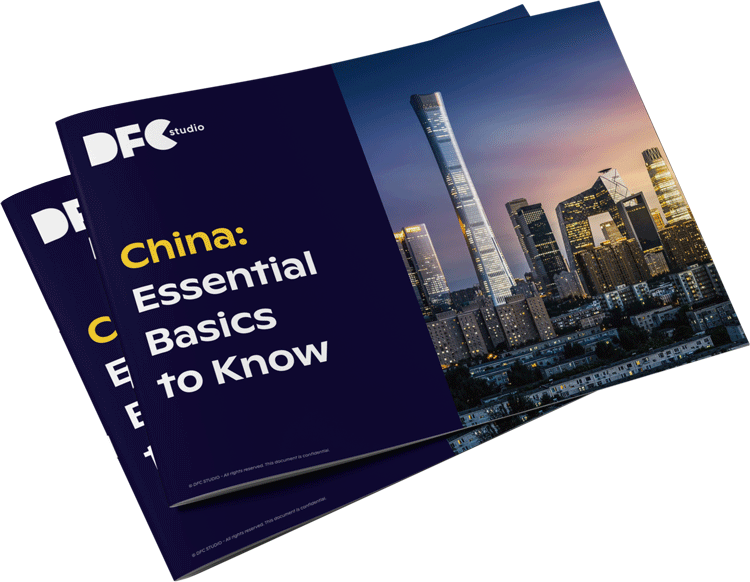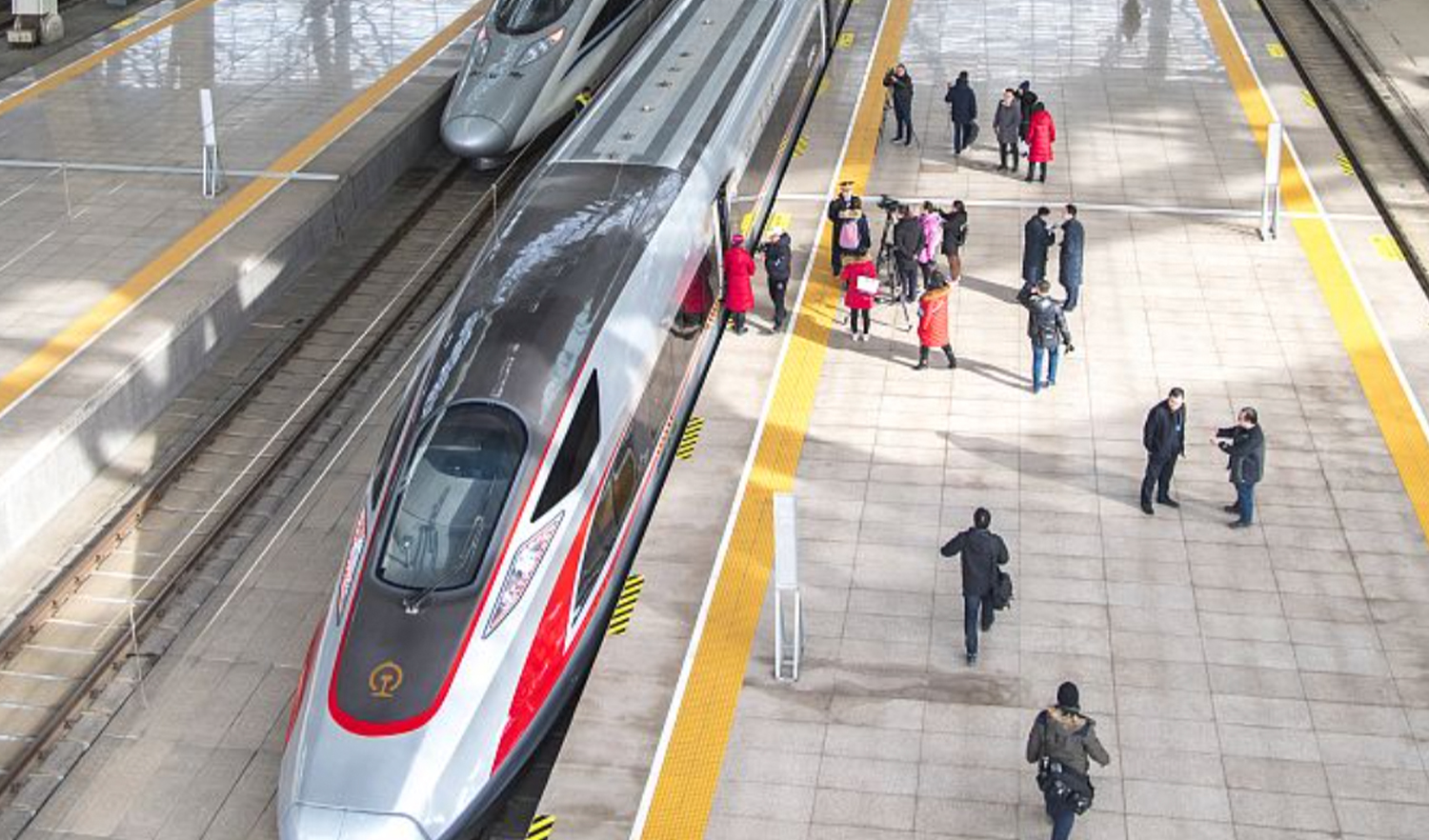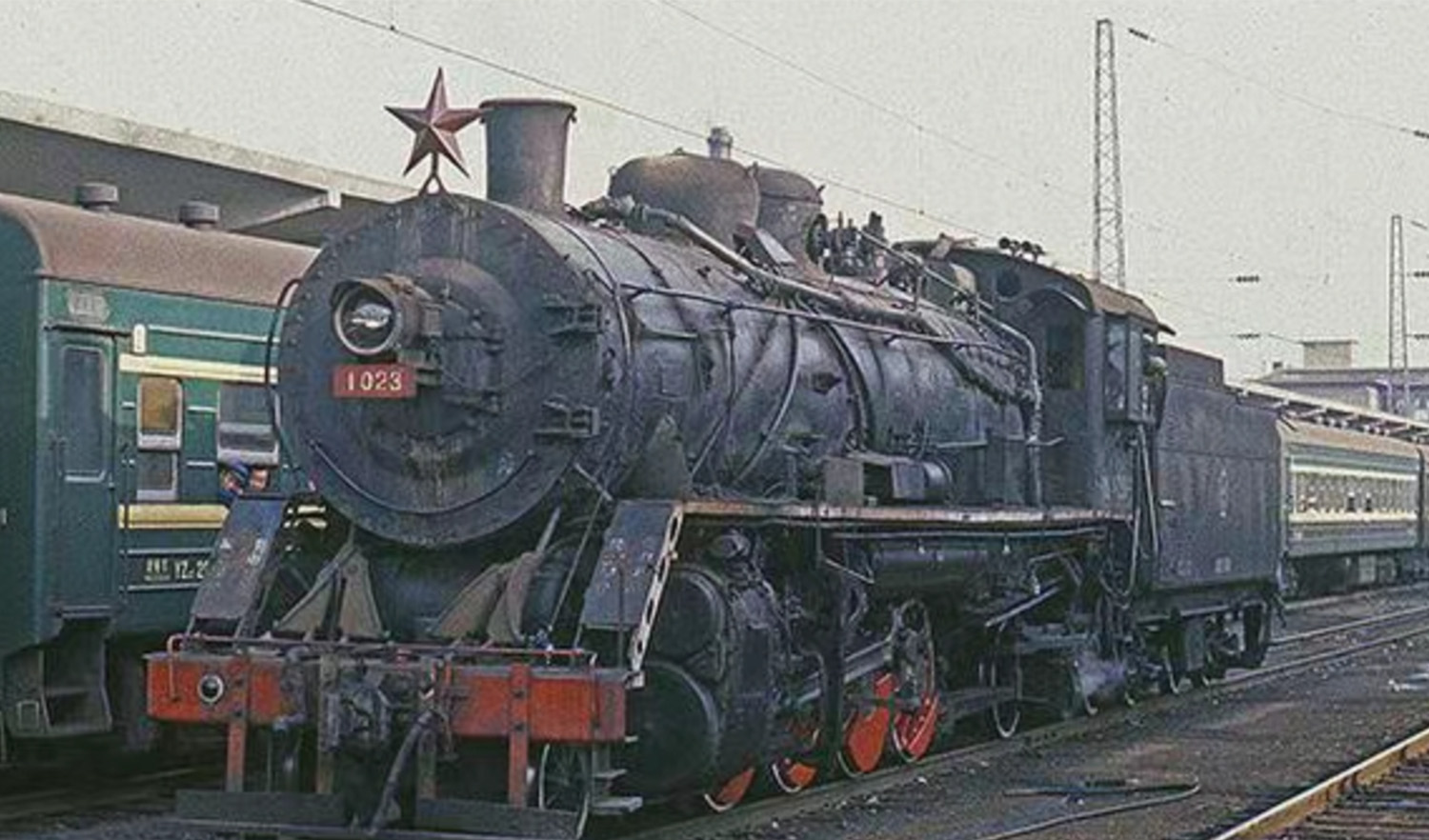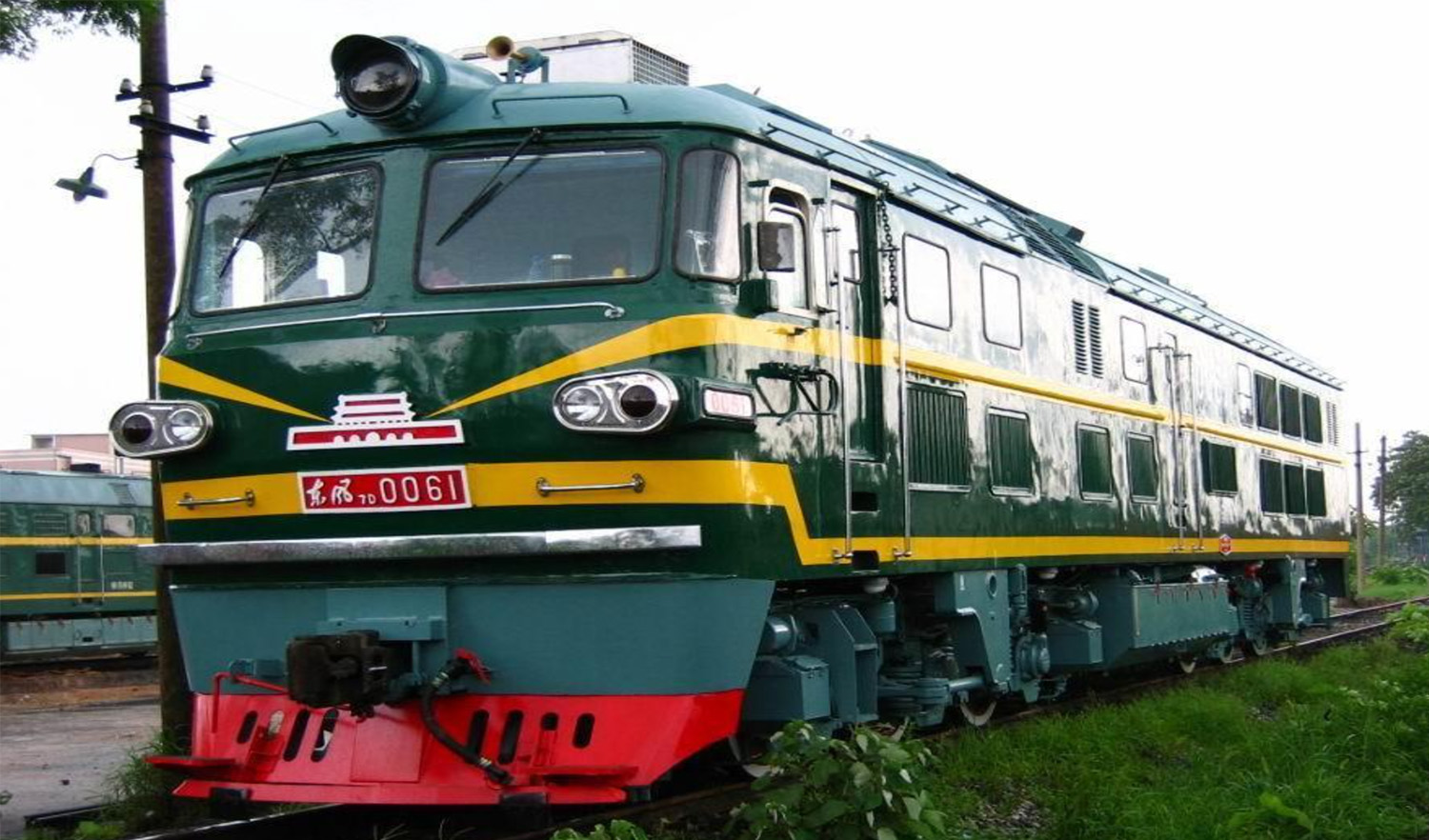China Train Revolution: 20 Years of High-Speed Rail
Discover 20 years of China’s high-speed rail, from Fuxing Hao trains to international Silk Road connections, transforming Chinese trains and train stations.

From Slow Trains to China’s High-Speed Rail Network
On the eve of the 2008 Beijing Olympics, the first domestically produced China train sped along the Beijing–Tianjin intercity line, giving passengers the sensation of “flying close to the ground.” Carriages were packed with curious travelers, some recording videos on their phones, others repeatedly checking the speed on electronic displays. This high-speed rail experiment, which began between Beijing and Tianjin, sparked the rapid growth of China’s high-speed rail network.
Today, this network spans over 45,000 kilometers and serves more than 8 million passengers daily. The rise of Chinese trains has reshaped train stations, regional travel, and the national train network.
Early Challenges in Chinese Railway Construction
In the 1990s, China’s high-speed trains averaged less than 60 km/h. During the Spring Festival travel rush, migrant workers often could not board trains and waited on crowded train stations.
Experts calculated that the Beijing–Shanghai line carried 150,000 passengers daily but had a 50% capacity gap.
The 1990 “Beijing–Shanghai High-Speed Railway Vision” sparked fierce debate. Critics argued that China’s per capita GDP of just over $300 made high-speed rail an “ahead-of-its-time investment.”
Supporters cited Japan’s Shinkansen, which reduced Tokyo–Osaka travel to three hours and boosted regional economies. After 18 years of discussion, the 2008 financial crisis prompted decisive action: the government launched the “Four Vertical and Four Horizontal” high-speed train network, with a total investment exceeding 2.2 trillion yuan.
Fuxing Hao: China’s High-Speed Bullet Trains
By 2017, the Fuxing Hao Train debuted, representing the pinnacle of Chinese innovation in high-speed bullet trains. Domestic production rose from 10% to 95%, and the train’s aerodynamic design reduces air resistance by 12%. The Fuxing Hao symbolizes China’s transition from a follower in rail technology to a global leader in high-speed trains.
Technological Breakthroughs in Chinese Trains
Early technology imports challenged Chinese engineers. In 2004, when China imported trainsets from Kawasaki, conditions were strict: prototype trains cost 350 million yuan, technology transfer fees reached $1 billion, and traction systems were off-limits for study.
Engineers at China Railway Construction Corporation (CRCC) Changchun Railway Vehicles repeatedly tested equipment outdoors at -20°C. A fitter, Xiao Anping, reduced the German two-hour aluminum cutting process to 20 minutes with homemade tools.
By 2009, when the Wuhan–Guangzhou China train line opened, China had mastered nine core technologies, marking a breakthrough for the high-speed train network.
Geographical Challenges for High-Speed Rail Network
China’s high-speed rail network spans some of the world’s most challenging terrain. In Liupanshui, Guizhou, the Beipanjiang Bridge set a world record with 275-meter-high piers.
In Wushaoling, Gansu, engineers carved a 14-kilometer tunnel through granite using the “freezing method.” Along the southeast coast, the Meizhou Bay Bridge of the Fuzhou–Xiamen line used prefabricated segment assembly, cutting installation time from 72 hours to 8 hours.
Engineering Marvels: Bridges, Tunnels, and Permafrost
Advanced technologies, including the Beidou satellite system, allow high-speed trains to operate safely at 350 km/h through seismic zones. In the Qinghai–Tibet permafrost region, scientists developed a “thermal rod” system to cool frozen soil, allowing Fuxing Hao Trains to cross the “Roof of the World” reliably. These feats demonstrate how the China Railway Construction Corporation tackles extreme geographical conditions with engineering ingenuity.
Global Standards and International Train Leadership
China achieved breakthroughs in 21 international standards for high-speed trains, including stricter contact wire tolerances and seismic safety for 8-magnitude earthquakes. These achievements established Chinese standards for international trains, positioning China as a global leader in high-speed bullet trains.
China Railway Diplomacy: International Train Projects
The Hungary–Serbia railway, built by China Railway Construction Corporation, uses Chinese steel rails, boosting exports and global influence. On the Jakarta–Bandung line, Huawei 5G systems helped domestic optical module companies achieve top-three global market share.
Every 100 million yuan invested in Chinese trains stimulates demand for 3,300 tons of steel, 20,000 tons of cement, and creates 8,000 jobs, demonstrating the global economic impact of China’s railway construction.
Intelligent High-Speed Trains and Smart Train Stations
The 2024 Beijing–Zhangjiakou high-speed train network introduced facial recognition boarding in 3 seconds, full 5G Wi-Fi coverage, and smart trains that adjust carriage temperatures based on passenger flow. Advanced logistics integration with train stations allows same-day delivery across the train network, blending passenger travel with freight innovation.
China Train Network and Urban Development
High-speed trains are reshaping urban development. In the past decade, 14 of 16 core cities in the Yangtze River Delta saw population inflows due to the China high-speed rail network. Shanghai Hongqiao Station now handles over 300,000 passengers daily—equivalent to transporting the population of Iceland every day—showing how train stations anchor modern city growth.
China–Europe Railway Express and the Silk Road
The China–Europe Railway Express (CR Express), operated by China Railway Construction Corporation, connects China with Europe and Belt and Road countries through international train networks, earning the nickname “Steel Camel Caravan.”
Since the first Chongqing–Xinjiang–Europe line in 2011, it has expanded to cities including Chengdu, Zhengzhou, Suzhou, Xi’an, Yiwu, Changsha, Hefei, and Lanzhou. This international train network strengthens trade and industrial transfers along the Silk Road.
Fuxing Hao Trains: Connecting China and the World
China’s high-speed bullet train system now links major Chinese cities and integrates with international trains via the Silk Road corridors. These high-speed trains not only meet domestic travel demand but also showcase China’s global technological leadership, forming the backbone of the modern high-speed train network.
The Future of Chinese Trains and High-Speed Rail Network
From the steam locomotive era’s “WanGuo” brand to today’s high-speed rail network, China’s 20-year rail revolution reflects both national will and market forces.
When passengers scroll their phones aboard Fuxing Hao Trains, they ride not only for convenience but also on a journey representing an ancient civilization catching up with modern times.
As an elder Chinese railway worker said: “We are not building tracks; we are building the road to the future.”
Want to Succeed in China? Download Our Free 84-Page Strategic Guide

Want to Succeed in China? Download Our Free 84-Page Strategic Guide
Keep up with the latest trends
DFC Studio is a Beijing-based digital marketing and e-commerce agency specialized in the Chinese market.
From strategizing your market entry to fostering brand recognition, our mission is to facilitate your expansion in order to boost your sales.
What sets us apart is our team of highly accomplished professionals, all of whom are graduates from renowned international universities.
This unique blend of bicultural expertise and deep understanding of the Chinese market positions us as a great partner to unlock your brand’s full potential in this thriving landscape.














